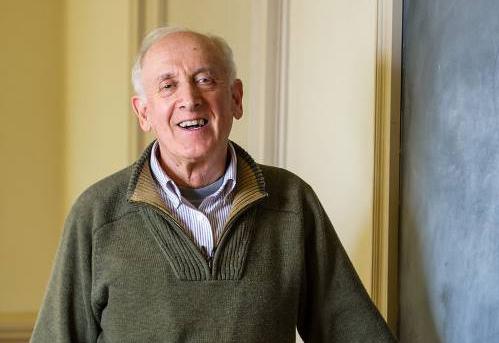Article by emeritus professor Gary Ostrower ’61 recalls Vietnam protests on Alfred University campus

Student protests on American colleges campuses over the ongoing conflict in the Middle East are reminiscent of those that occurred six decades ago in response to the United States’ involvement in Vietnam War.
Highly publicized protests like the one at Kent State in 1970—where four students were shot and killed by members of the Ohio National Guard, setting off strikes at nearly 400 colleges and universities—have remained in the public consciousness throughout the years. But what few outside the Alfred area know, a protest of much smaller scale had occurred on the Alfred University campus two years prior to the tragedy at Kent State. While the Vietnam protest at Alfred did not have the same notoriety as many others, the legal case that resulted from it has influenced American law for more than a half century.
Gary Ostrower ’61, emeritus professor of history at Alfred University, was teaching at Vassar College when 15 Alfred students and two faculty members demonstrated against the Vietnam War during an ROTC ceremony in May 1968. The university suspended seven of the students and fired one of the protesting professors, charging them with violating guidelines relating to demonstrations.
In May 2023, the History News Network published an article penned by Ostrower, titled “How a Little-Known Anti-Vietnam Protest Reverberates Today.”
In the article, which was also published in April 2024 on the website of Hornell radio station WLEA, Ostrower recounted the protest and the legal response to it. Three of the seven student protesters were enrolled in the New York State College of Ceramics, the state-funded unit of the university. They challenged their suspensions—first in U.S. District Court in Buffalo and then before the U.S. Court of Appeals for the Second Circuit in New York City—on the grounds their constitutional rights had been violated.
The case is known as Powe vs. Miles. While the students did not win the case, it has been cited in state and federal court more than 200 times over the years. And as Ostrower notes in his article, it has had long-lasting and far-reaching legal ramifications.
